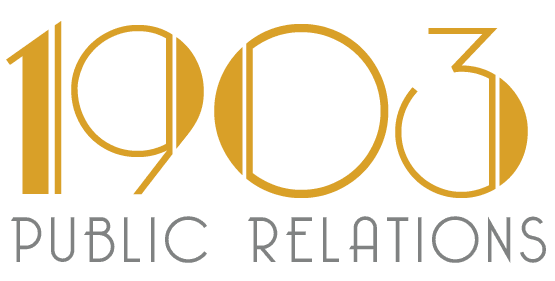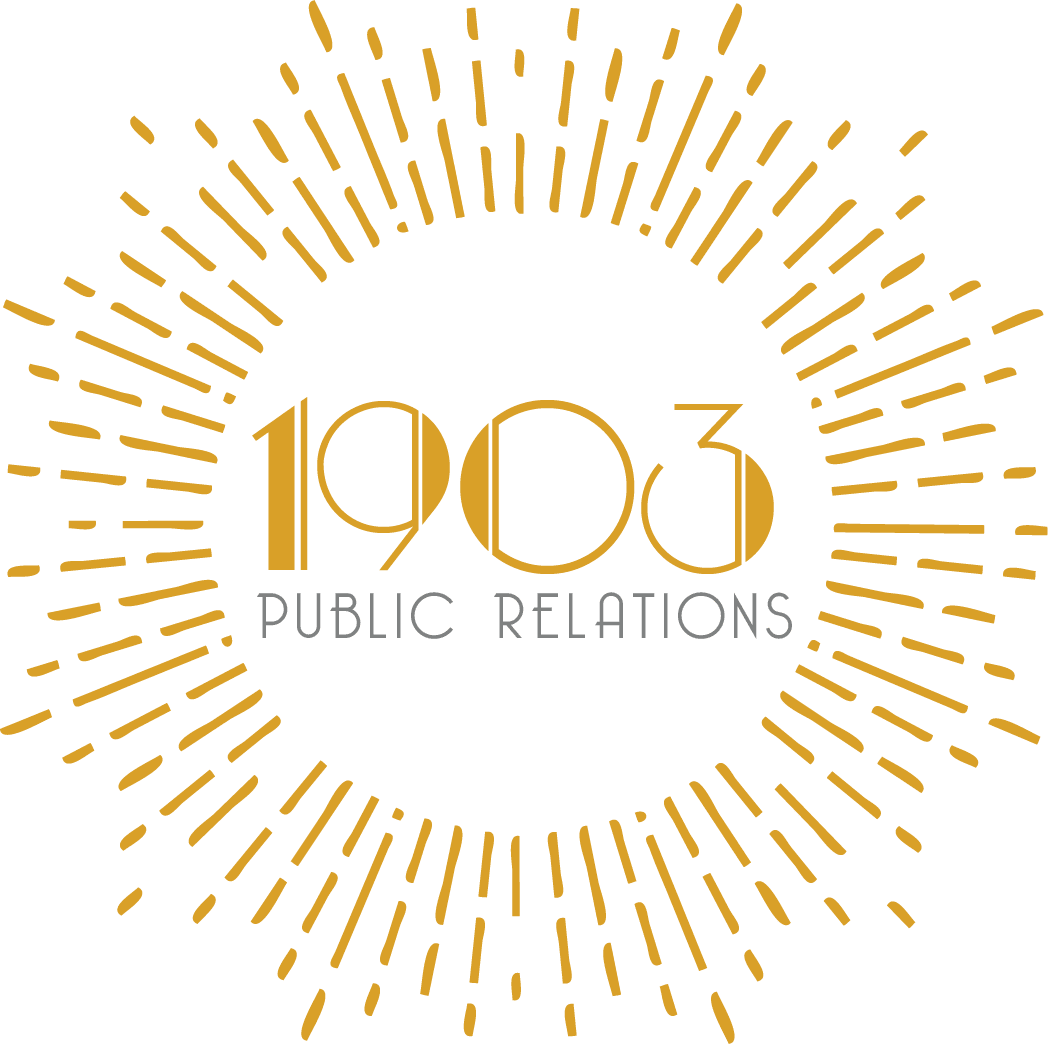By: Jackie Flaten, 1903 Public Relations
Throughout my career I’ve worked in a variety of situations: shared workspaces and private offices, open newsrooms, cube farms and real farms. Every work environment included other humans physically toiling alongside me, involved the time and costs of getting to and from work, and my job choices were limited to the geographic area where I lived.
A year ago, four months into the lock-down – a stunted lifestyle that was uncomfortably starting to feel endless — I was freelancing in PR and as a writer. A thrilling highlight of my week was getting out to gather with colleagues for projects. We’d sit outdoors in a big circle, six feet apart, under the cooling canopy of an old maple tree. The masks came off while we discussed work and life. The connection was rejuvenating, and the mix of small talk and strategy produced substantial progress every week. Social connection is key to making things happen.
When I started with 1903 PR this past January, I was comfortable working remotely and so were my new workmates. But building a remote work environment that has the feel of a genuine, connected team is another level altogether. The 1903 PR founders had started as a virtual firm long before COVID-19 forced it on the majority of workplaces. The tenets of team building are part of the DNA of this business, and I see their model as a blueprint for a successful virtual office. Social bonds and camaraderie are essential to spark human synergy for creativity and productivity.
The founders have made the effort to create a supportive team atmosphere of collaboration and caring. Like everyone else, we use Zoom and Google Meet to interact with colleagues and clients, but we also have one-on-ones with our supervisors and each other as part of our regular schedules. This is the equivalent of the old office water cooler, where we can chat about work, the rest of our life and get to know one another. Our Team platform is also an integral part of the virtual office; we greet each other and sign off each day here and use different channels for different projects so one can easily track progress.
Transparency into process is also critical to helping people feel involved. Through the Google workspace, everyone sees in real-time how strategic plans, news releases, research and other business documents are developed. This invites collaboration and is a mentoring technique, helping grow each other’s professional skills and confidence. The team is CC’d on every email, so one never feels “out of the loop” and is ready to hop in where needed without a lot of background fill.
As people return to what we like to think is a more normal life, some changes are here to stay. Companies who were hesitant to offer remote working opportunities have found that people can be just as productive, if not more so. Office space is expensive; so is commuting. Getting the right people on board isn’t limited by geography anymore. Human resources has a much wider field in which to find good candidates.
The events of the past year have illuminated the truth about working remotely – it works, most people like it or at least like having the option, and there are benefits in productivity and loyalty to companies. If you have access to dependable broadband and your company is committed to creating a genuinely interactive virtual platform, there are competitive advantages to having a remote workforce. A virtual work environment can still be a bubbling cauldron of human creativity and synergy if openness and sharing are authentic values.
Schedule a Meeting Today


